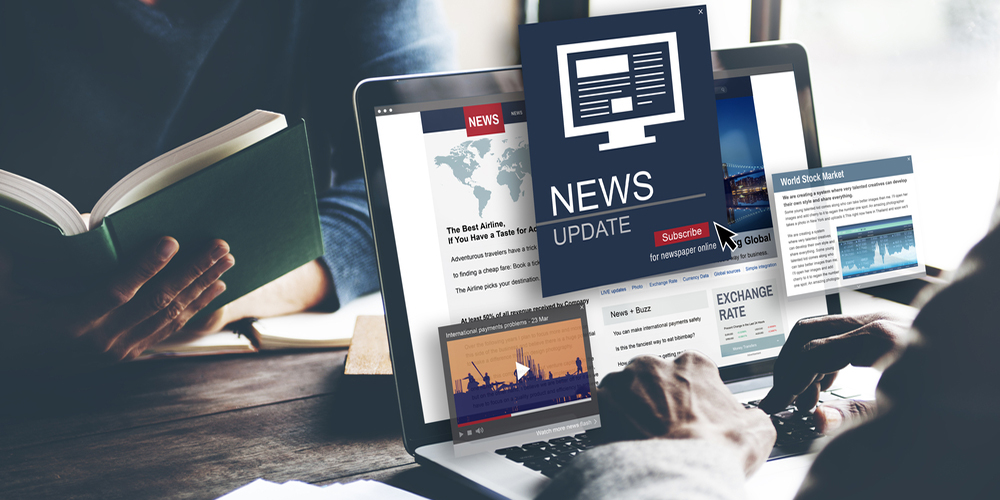Closer to sustainability
DHL has launched two pilot projects for its City Hub concept in Frankfurt, Germany and Utrecht, Netherlands. The concept consists of a customized trailer carrying up to four containers, which will be later attached to two of the company’s Cubicycles. A DHL van will deliver the trailers into the city center to allow the bicycles to carry packages totaling a weight of 125kg. Each of these hubs can replace up to two standard delivery vehicles and will help to significantly reduce CO2 emissions by an estimated 16 tons per year.
The solution improves last-mile inner-city delivery, bypassing traffic congestion and doubling the amount of stops per hour when compared to a standard delivery vehicle. Therefore, time and mileage will be significantly reduced. It also allows GPS or Internet of Things transmitters to be installed, which will not only guarantee real-time shipment tracking, but the devices will also be solar-powered. This further commits to the company’s sustainability goal set in 2007: to improve carbon efficiency by 30% by 2020.
Read further information on the City Hub here.
Enriching logistics
This week, Actility revealed its breakthrough Internet of Things (IoT) geolocation and tracking solution at the Mobile World Congress in Barcelona. The industry leader in Low Power Wide Area Networks (LPWAN) displayed its solution by tracking vehicles and containers in the nearby port. It believes its platform will be a game changer for the logistics sector, enabling increased efficiency and revolutionary levels of tracking compared to GPS. The company will make its solution accessible to the global supply chain, with easy integration into existing network solutions.
The system measures the time it takes a signal to reach various modules, and then computes the distance to calculate the devices exact position. It does not rely on GPS, which makes the system stand out compared to others, and allows for a life span of ten years without maintenance. It has the ability to enrich the performance of IoT providers and enterprise developers through its compelling cost and long battery life of the tracking devices.
More details on the solution can be found here.
Delivering…. finally!
After years of waiting, European and American customers will finally get the opportunity to order food from McDonalds to their homes starting in 2019. The company is hoping that introducing a delivery option will reignite its declining sales and help to compete with other fast-food outlets with already established delivery services. It has been testing delivery for years, but feels now is the time to scale quickly and take advantage of its declining traffic. It is currently testing this option in Florida with the help of UberEATS. The restaurant delivery market is worth $100 billion, and represents an optimal solution for McDonalds.
Digital technology will be another new focus for McDonalds. The strategy, including mobile ordering and payment, will mimic that of Starbucks, which has proven successful over the past couple of months. It will be available to around 6,000 international locations by the end of 2017. The new initiative will help improve waiting times, drive-thru lines and hopefully, prevent customers from turning away due to long delays. The aim is to increase customer loyalty and use customization to regain its decreasing customer base.
Click here for more information on the chain’s new digital approach.
Have a great weekend!
Header Photo: Rawpixel/shutterstock.com

